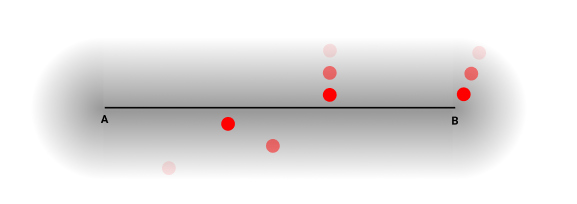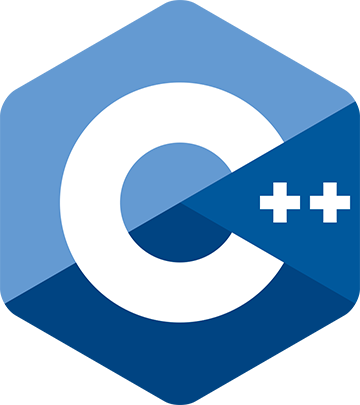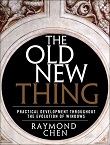Vector, the Journal of the British APL Association
K is the executable notation at the heart of a high performance programming platform. It is designed for analyzing massive amounts of real-time and historical data – ideal for financial modelling.
K is fast, comprehensive, accessible and productive. It gets its speed from an incremental compiler and well-designed memory management, data types and primitives. It gets its universality by combining easily with other products and including high-performance built-in spreadsheet, graphics and database management. The productivity and accessibility come from the design of the core language.
This paper gives some examples written in K and a brief summary of the language. This work came about because of my experience in using C and Fortran and my work designing, implementing and using several different programming environments including LISPs, object-oriented systems and APLs. In particular, I learned a lot from designing, implementing and using the very successful A+ at Morgan Stanley. I am convinced that the best possible programming environment, at least for finance, is one that is based on high-performance list processing with APL-like primitives. This gives the best combination of productivity and performance.
The basic atoms of the language are characters, numbers, symbols and lambda-expressions. Lists are made up of items. Each item is a list or an atom. A table is a list of equal length lists. In mathematics instead of atom, list and table we say scalar, vector and matrix. For example,



















